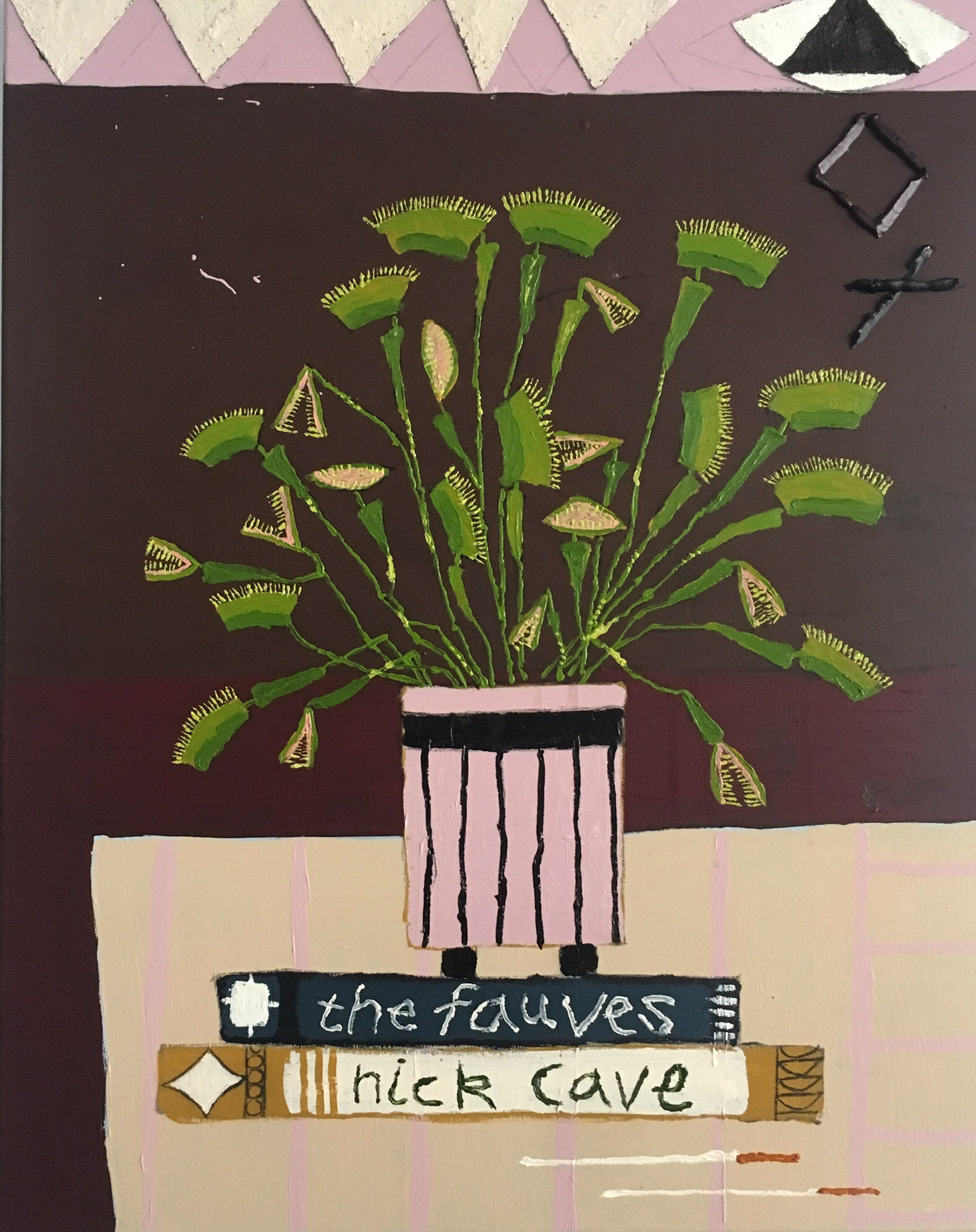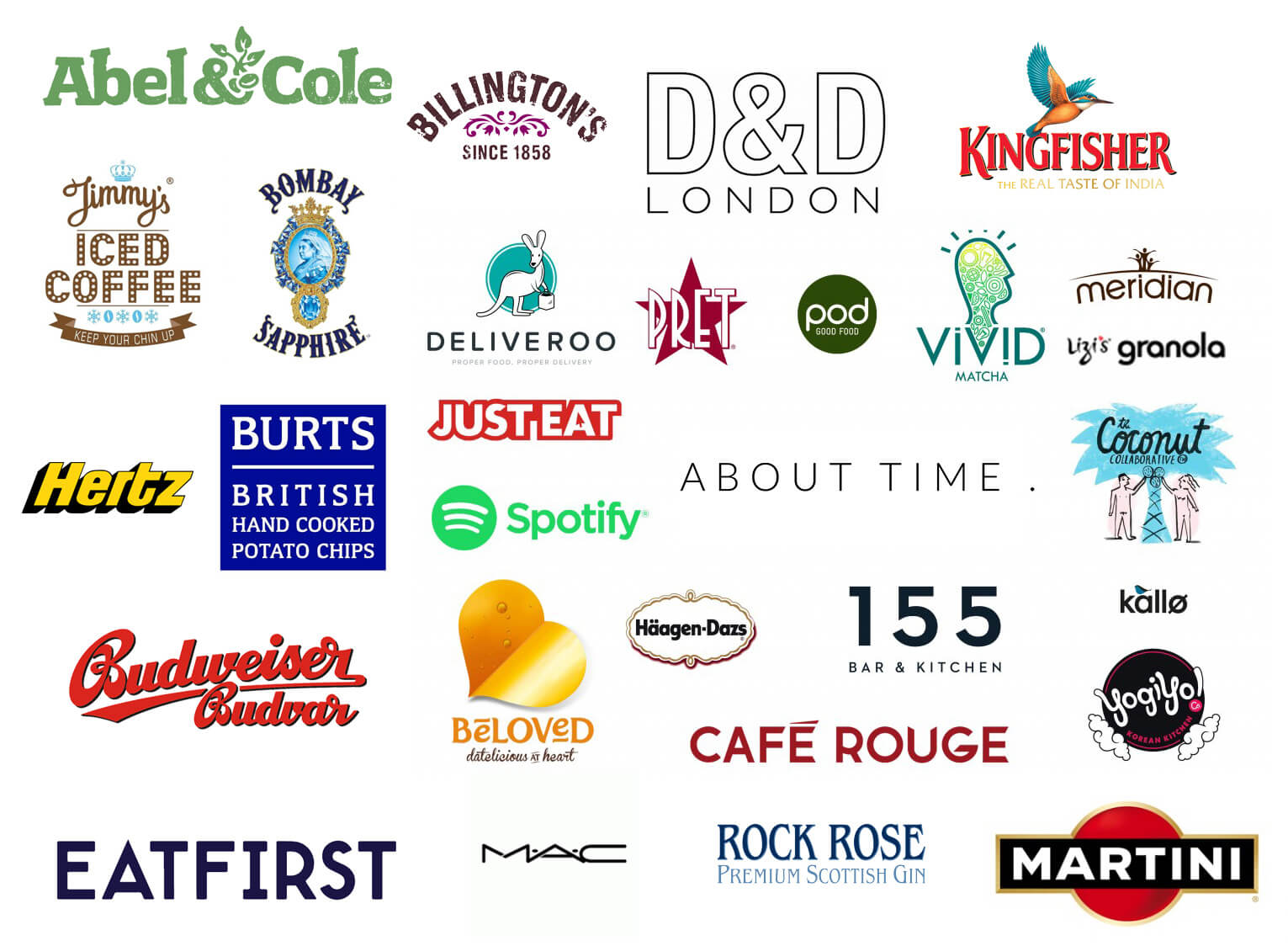About Time You Met: Benjamin Murphy, Artist and Co-Owner of Delphian GalleryBy Oliver Malin
In advance of the debut UK Show of Jordy Kerwick, an Australian artist who has found success using Instagram in the same way Nick Cave found success using Kylie Minogue to create ‘Where the Wild Roses lie’ (still his biggest hit to date). I sat down and quizzed Benjamin Murphy, tape-centric artist and co-owner, along with Nick JS Thompson, of Delphian Gallery, who will be showing his work on 6th December.
What was your impetus to start an artist-run, peripatetic gallery?

We met as artists and started unofficially curating each other’s shows, as it’s always helpful to have another pair of eyes and another distinct vision when you’re so close to something that it’s hard to judge objectively. We then started curating shows together as we both have a real love of curation, and see it as an art form in its own right. The way we curate is quite experimental, and I think people appreciated that and started following what we were doing.
Last year the print space offered us their space to use as we wished, and so we officially launched Delphian Gallery, and there with our first show, Obscurely Prophetic. This was a group show, in which we showed quite a few of our favorite artists, and started the whole thing off in a really nice way.
I think that having been an artist-run gallery is important to us, as being artists ourselves we are always thinking about things from both perspectives; the gallery and the artist. This helps in our curatorial vision as well as our relationships with the artists we work with,
What are the pros and cons of existing in roaming locations?
It gives us the freedom to make each show as perfect as can be for the work; the venue in which the work is presented as a much bigger affect on how the work is presented than most people realise, and this can completely make or break a show. For our next show ‘Diary of an Introvert’ by Jordy Kerwick, we needed a venue that had some character and was a bit rough around the edges. His work is very expressive and raw, and so this work, when seen in a pristine white cube, would have lost some of its energy.
Another advantage to not having a permanent space is that it takes a huge amount of pressure off having to pay for regular overheads which in turn can sometimes lead to unimaginative shows and the risk of a dilution of what you do. We are free to put on as many or as few shows as we like and make them the absolute best that they can be, sometimes showing work that is incredibly exciting but not necessarily sellable.
How important a role does Instagram play in your selection process? Can this online medium convey as much to the viewer as the physical presence of a work of art?
Instagram is such an important tool for us. We are now able to see works and shows from all over the world, that we wouldn’t have been able to see ten years ago. It is true that you can’t fully appreciate a physical work of art truly when you view it on a screen, but it is still possible to fall completely in love with an artist in this way.
What are you going to be looking out for in particular in your next open call group show?

Work that we haven’t seen before or work that captures our attention immediately. Our last open call was incredible, we had over 8,000 entries from all over the world, including places like Korea and China, which was a real treat for us to see. Whittling this down to under 40 was almost impossible, but eventually, we managed it and felt we had the right works in the show. There were so many amazing works that didn’t make it, but this was down to sheer volume of submissions rather than the quality of the work. We could have done ten more equally brilliant shows from the submissions we received.
I think a large part of the open call’s success was that we made it incredibly easy (and free) to enter, so it was a no-risk, fast process for the artists. Our friends at the print space kindly mounted and hung all of the works for us too, so there were no hidden costs for the artists, and they didn’t have to worry about shipping or insurance.
What was it that attracted you initially to Jordy’s work, who is a “self-taught” artist from Australia?
It is just immensely beautiful in its rawness. It has a wonderful messy beauty that is incredibly hard to do, whilst also looking effortless. His references to some of our favorite writers and musicians didn’t hurt either!
What merit is there of Jordy coming from a background free of the shackles of formal art education?
One can’t help but break rules if one doesn’t know what they are in the first place.
What would you advice be to an artist trying to launch a career in contemporary “challenging” landscape?

Stay true to yourself and your work, and don’t try to copy work that is successful at the time. Trends and fashions come and go, and if you try to ride that wave, eventually you will crash into obscurity or disgrace. Don’t fall into the trap of taking your work in a particular direction solely because that is the most popular with your social media following. It’s easy to become blinded by likes, but it may not always be the best route to take.
Also, start thinking of yourself as a business: do things professionally and with intent. The myth of the tortured artist isolated in their studio suddenly getting discovered and becoming instantly successful just doesn’t happen. Put the work in, and be a nice person.
Check out more of Jordy’s work, Benjamin’s and Delphians now.
Photo Credit: Keith TOTP


